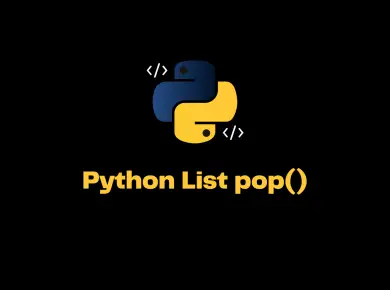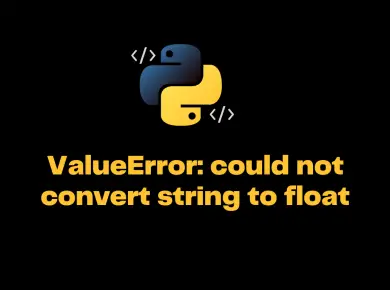Python’s bool() function converts a given value into Boolean(True or False) using the standard truth testing procedure.
bool() Syntax
The syntax of bool() method is
bool([value])
bool() Parameters
The bool() method can take one argument on which the standard truth testing procedure is applied.
The parameter is optional for the bool() function. If you do not pass any value by default, it returns False.
bool() Return Value
The bool() function returns
Trueif the parameter of the value passed is TrueFalseif the parameter of the value passed is False or if the value is omitted
There are few exceptional cases where the bool() method returns False. Following are the values:
NoneFalse- Empty sequence such as (), ‘ ‘,[] etc
- Zero of any numeric type such as 0, 0.0, 0j
- Empty mapping such as {}
- If Objects of Classes having
__bool__()or__len()__method, returning 0 orFalse
Example of bool() function in Python
# Python program to demostrate bool() function
# Returns False as x is False
x = False
print(x, 'is ',bool(x))
# Returns True as x is True
x = True
print(x, 'is ',bool(x))
# Returns False as x is an empty sequence
x = ()
print(x, 'is ',bool(x))
# Returns False as x is an empty mapping
x = {}
print(x, 'is ',bool(x))
# Returns False as x is 0
x = 0.0
print(x, 'is ',bool(x))
# Returns False as x is None
x = None
print(x, 'is ',bool(x))
# Returns True as x is a non empty string
x = 'ItsMyCode'
print(x, 'is ',bool(x))
Output
False is False
True is True
() is False
{} is False
0.0 is False
None is False
ItsMyCode is True![[Solved] Attributeerror: 'Int' Object Has No Attribute 'Get' 1 Attributeerror: 'Int' Object Has No Attribute 'Get'](https://itsmycode.com/wp-content/uploads/2022/06/AttributeError-int-object-has-no-attribute-get-390x290.png)
![[Solved] Typeerror: Missing 2 Required Positional Arguments 2 Typeerror: Missing 2 Required Positional Arguments](https://itsmycode.com/wp-content/uploads/2022/06/TypeError-missing-2-required-positional-argument-390x290.png)


![[Solved] Importerror: No Module Named Matplotlib.pyplot 7 Importerror No Module Named Matplotlib.pyplot](https://itsmycode.com/wp-content/uploads/2022/02/ImportError-No-module-named-matplotlib.pyplot-390x290.png)

